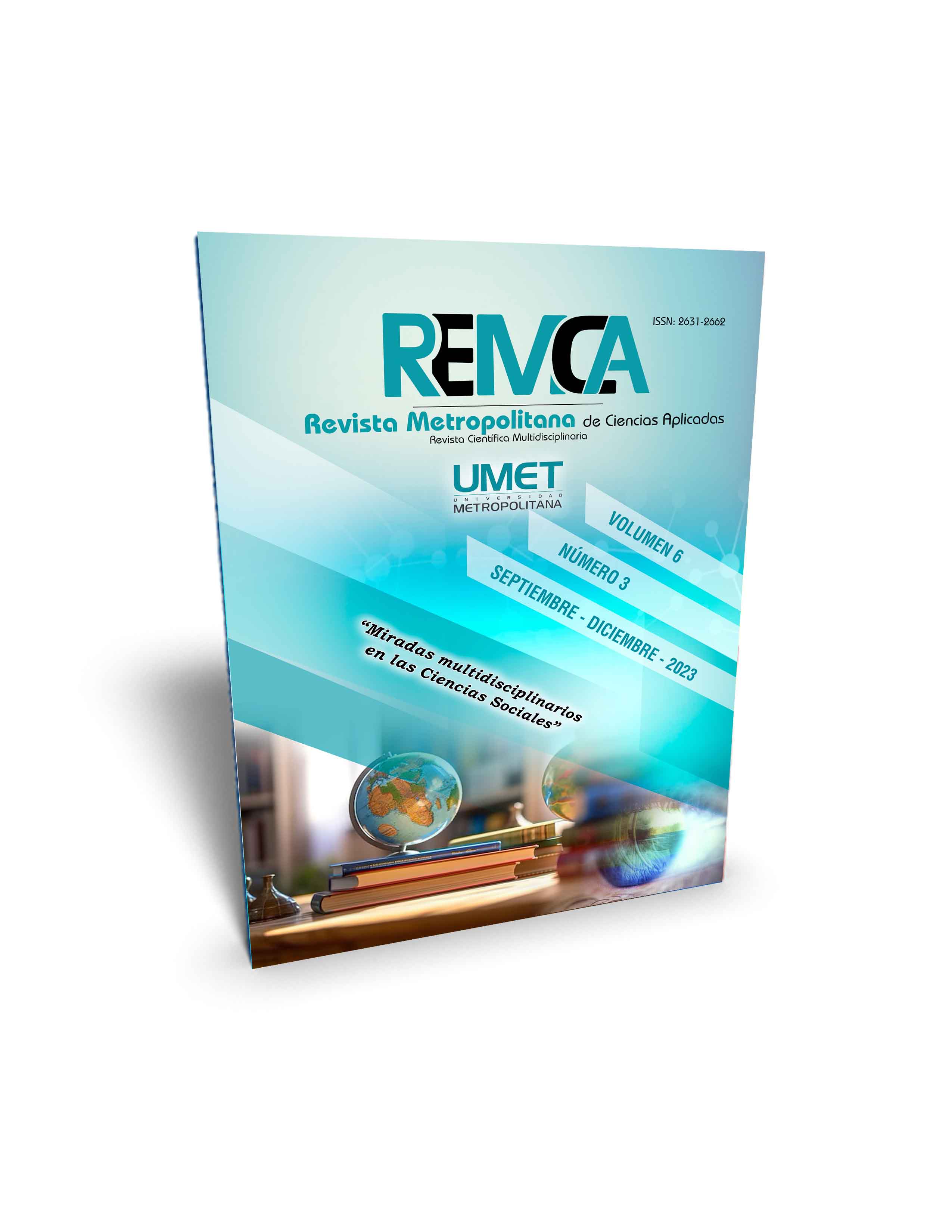Contribution to the teaching of the Cuba history from the theoretical-conceptual approach of the historical region
DOI:
https://doi.org/10.62452/2k5eak51Keywords:
Historical region, regional studies, Cuba historyAbstract
The objective of the present work is to carry out a theoretical-conceptual approach to the historical region to contribute to the teaching of the Cuba history in the first half of the century XIX. We depart from the idea that the historical region is formed through a socio-historical process, has different stages, changes that permit maneuver you, defines as such in the century XIX but your endless transformation. Wooden shoe a certain territory that in your historical time it has firm relationships. Delimit your fundamental and cardinal attributes in the first half of the century XIX. The historical regions are integrated in the national unit and the national identity is manifested in the regional particular properties. In this sense the teaching of the Cuba history as of the study is enriched of the historical region, by having in count that the regional studies constitute a process in formation that has come by consolidating and earning space in the national historiography. For other side it favors the comparisons with other regions in identical historical stages.
Downloads
References
Calzadilla, L. (2016). De las tierras altas de Maniabón a Ciudad. Holguín.
Celis, F. (2011). Análisis Regional. Revista Historelo, 3(5).
Colectivo de autores. (1989). Nuevo Atlas Nacional de Cuba. Instituto de Geografía de la Academia de Ciencias e Instituto de Geodesia y Cartografía.
Colectivo de autores. (2000). Diccionario Geográfico de Cuba. Comisión Nacional de Nombres Geográficos de la Oficina Nacional de Hidrografía y Geodesia.
Colectivo de autores. (2005).Cuba y sus puertos (siglos XVI al XXI). Instituto de Historia de Cuba.
De la Pezuela J. (1871). Crónicas de Las Antillas. Rubio, Grillo, y Vitturi.
De la Pezuela, J. (1863). Diccionario geográfico, estadístico- histórico de la Isla de Cuba.TII Establecimiento de Mellado.
Erénchum, F. (1861). Anales de la Isla de Cuba. Diccionario administrativo, económico, estadístico y legislativo. Año de 1855. Letra F. Tejado.
Fernández, S. (2007). Más allá del territorio: la historia regional y local como problema. Discusiones, balances y proyecciones. Protohistoria.
Guerra, R.(1989). Guerra de los Diez Años. Tomo I. Pueblo y Educación.
Kindgard, A. (2011). La historia local en América Latina, corrientes y perspectivas en el siglo XX. Historelo. Revista de Historia Regional y local, 3(5), 7-32.
Marrero, L. (1984). Cuba: Economía y sociedad. Azúcar, ilustración y conciencia (1763-1868). Playor, S.A.
México. Centro de Estudios Históricos del Colegio de Michoacán. (2002). Microhistoria Mexicana, Microhistoria Italiana e Historia Regional. Centro de Estudios Históricos del Colegio de Michoacán.
Ortega, C. (2010). El Paisaje, valores e identidades. Fundación Duque de Soria, Santo Tomé. Universidad Autónoma de Madrid.
Pérez de la Riva, J. (1971). Aspectos demográficos y su importancia en el proceso revolucionario del siglo XIX. Revolucionaria.
Trejo, D.(2009). La historia regional en México: reflexiones y experiencias sobre una práctica historiográfica. Revista Histórica Unísonos, 13(1).
Vega, J. (2002). Región e identidad. Holguín.
Vega, J. (2018). La historia local y regional principales desafíos. Memoria XXII Congreso Nacional de Historia. La Mezquita.
Venegas, H. (2006). La formación de las regiones históricas en Cuba. Una propuesta de periodización, Partes I y II, Cuadernos de Trabajo, 25.
Venegas, H. (2010). Metodología de la Investigación e Historia Regional y Local. Archivo General de la Nación.
Venegas, H.(2007). La región en Cuba. Provincias, regiones y localidades. Varela.
Downloads
Published
Issue
Section
License
Copyright (c) 2023 José Manuel Leyva-Herrera, Leidiedis Góngora-Cruz, Rolando Eduardo Medina-de la Rosa (Autor/a)

This work is licensed under a Creative Commons Attribution-NonCommercial-ShareAlike 4.0 International License.
Authors who publish in Revista Metropolitana de Ciencias Aplicadas (REMCA), agree to the following terms:
1. Copyright
Authors retain unrestricted copyright to their work. Authors grant the journal the right of first publication. To this end, they assign the journal non-exclusive exploitation rights (reproduction, distribution, public communication, and transformation). Authors may enter into additional agreements for the non-exclusive distribution of the version of the work published in the journal, provided that acknowledgment of its initial publication in this journal is given.
© The authors.
2. License
The articles are published in the journal under the Creative Commons Attribution-NonCommercial-ShareAlike 4.0 International License (CC BY-NC-SA 4.0). The terms can be found at: https://creativecommons.org/licenses/by-nc-sa/4.0/deed.en
This license allows:
- Sharing: Copying and redistributing the material in any medium or format.
- Adapting: Remixing, transforming, and building upon the material.
Under the following terms:
- Attribution: You must give appropriate credit, provide a link to the license, and indicate if any changes were made. You may do this in any reasonable manner, but not in any way that suggests the licensor endorses or sponsors your use.
- NonCommercial: You may not use the material for commercial purposes.
- ShareAlike: If you remix, transform, or build upon the material, you must distribute your creation under the same license as the original work.
There are no additional restrictions. You may not apply legal terms or technological measures that legally restrict others from doing anything the license permits.




